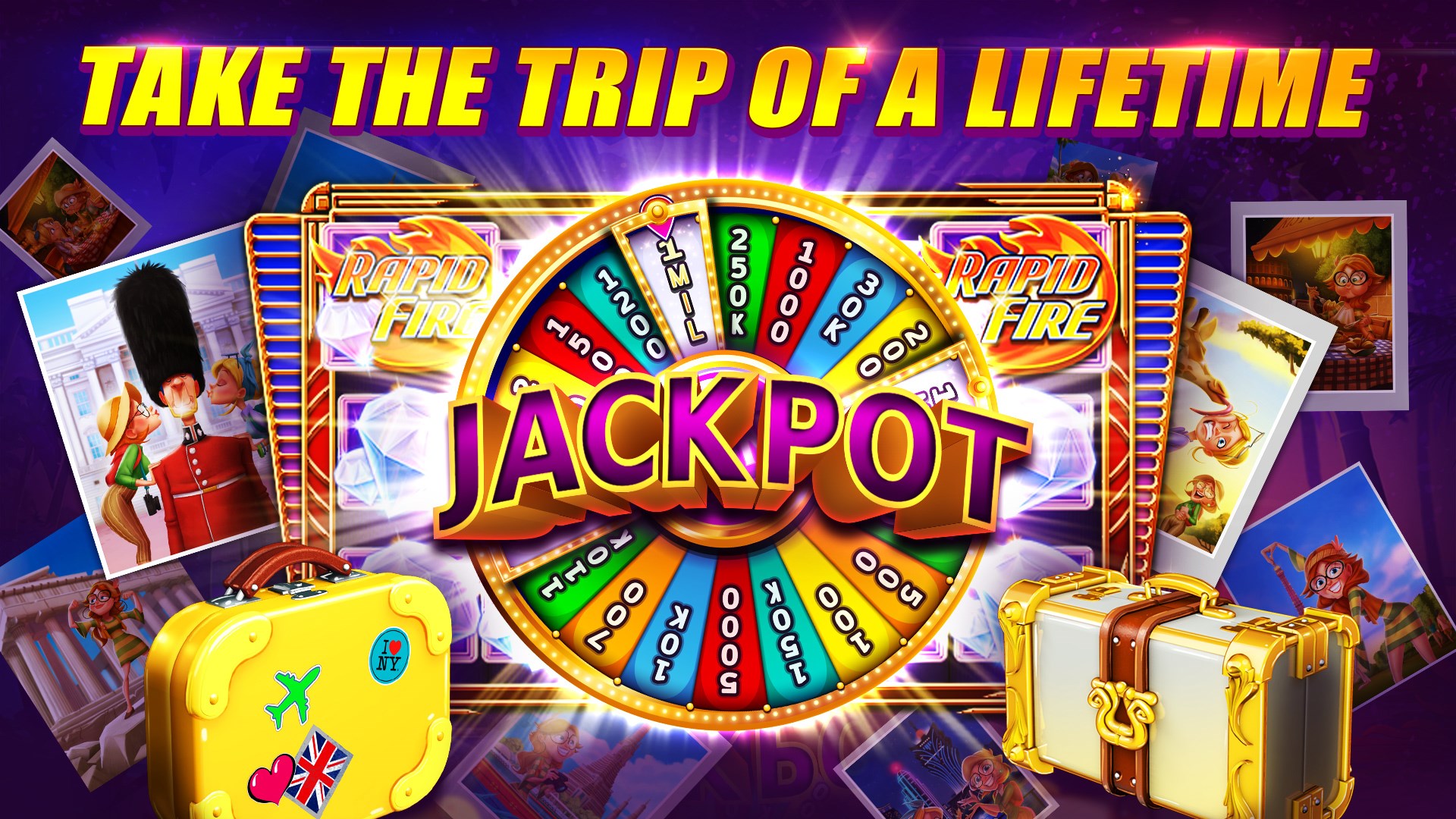Gambling games have long captivated the human imagination, drawing gamblers into a world filled with fortune, planning, and the allure of adventure. Each activity is meticulously crafted not just for enjoyment, but also to elicit particular emotional responses that keep players engaged and interested. Understanding the drives behind these designs reveals much about how psychology plays a key role in the gaming experience.
From the vivid lights and dynamic sounds to the complex layering of rules and payoffs, casino games are designed to create an atmosphere of thrill and expectation. Game designers leverage mental cues to influence gambler behavior, whether through the use of big prizes, almost wins, or social connections. By examining these elements, we can better appreciate how casino games fulfill not just a desire for entertainment, but more profound psychological needs for thrill and risk.
Understanding Player Behavior
Casino games are engineered with a thorough grasp of player psyche, which is crucial for attracting and holding players. The excitement of the game, alongside the hope of winning, produces a formidable draw. Game designers make use of elements like sound effects, colorful graphics, and immersive gameplay to capture attention and generate emotional responses. These sensory effects enhance the overall experience, making players feel more invested in the game.
Another important aspect of player behavior is the concept of risk and reward. Casino games often manage risky situations with the potential for significant rewards, which can result in the phenomenon known as near-miss effect. When players come within reach to winning, the brain produces dopamine, bolstering their behavior and motivating them to continue playing in search of that fleeting win. This cycle of wish and letdown plays a key role in how games are structured and marketed.
Lastly, community aspects also play a pivotal role in player behavior at casinos. Many games are designed to be played in pairs or alongside other players, creating a sense of community and collective experience. The community engagement inherent in games like poker enhances enjoyment and can lead to longer play sessions. Designers take advantage on this by crafting environments that prompt players to stay, connect, and revisit, making the overall casino experience more appealing.
The Role of Visuals and Sound
Imagery and sound play a vital role in enhancing the player’s experience within gambling games. Designers utilize bold colors, eye-catching graphics, and captivating animations to attract players’ attention and sustain their focus. The use of themes, such as exploration or luxury, helps create an engaging atmosphere that transports players into a different world. By appealing to the senses, these elements add to a intensified emotional response, prompting players to interact more deeply with the games.
Sound design is just as important in enhancing the experience of gambling games. The combination of background music, sound effects for successful combinations, and ambient noises creates an auditory landscape that holds players fascinated. Sounds associated with wins, such as chiming bells or festive music, evoke feelings of thrill and satisfaction, encouraging players to continue playing. These audio cues are carefully placed to amplify the thrill of the game and create a more engaging experience.
Additionally, the synchronization of imagery and audio is important for supporting the game’s overall concept and mood. Each element should coordinate harmoniously to create a cohesive experience that pulls players in. The effective use of this synergy not only improves user satisfaction but also boosts the likelihood of repeat play, as players become more invested in the immersive world that the gambling games offer. This thoughtful integration of imagery and audio ultimately enhances player involvement and commitment.
Incentive Structures and Participation
The creation of casino experiences greatly depends on reward structures to ensure participants engaged and coming back for more. These systems are rooted in behavioral theories that exploit human behavior and motivation. Players are often motivated by the excitement of winning, which is supported by immediate responses through the game’s mechanics. This instant gratification not just enhances the overall experience but also fosters a feeling of achievement, prompting players to continue participating in hopes of greater gains.
Gaming establishments implement various reward structures, including jackpots, bonuses, and multipliers, to captivate participants. bakar69 These elements create a level of thrill that sustains interest. Additionally, the unpredictability of results plays a crucial role in keeping attention. The variable reward system, where successes are random but happen often enough, maintains players on edge and driven to continue participating. This cycle of anticipation and expectation is essential to the effectiveness of casino games.
Furthermore, community aspects, such as competitive events and multiplayer features, boost the participation factor by leveraging the competitive nature of participants. The communal aspect of gaming with others can intensify the thrill of winning and create a community atmosphere within the casino. By integrating these community elements with effective reward systems, casino games not only offer entertainment but also foster a deeper bond among players, solidifying their commitment to the overall experience.

